Latin Name: Connochaetes Taurinus Also knows as the Golden Gnu Golden Wildebeest naturally occurred along the Limpopo River basin, adjacent to the Tuli-Block of Botswana. Early farmers in the1920’s, called them “Vos Wildebeest” The first Golden Wildebeest Bull was captured by Alec Rough in the early 1990’s on the game farm Swinburne, in the Limpopo Valley. This is the area where the majority of Golden Wildebeest originate from. They formed an integral...
A Little Fighter: The Story of Zuri the Giraffe
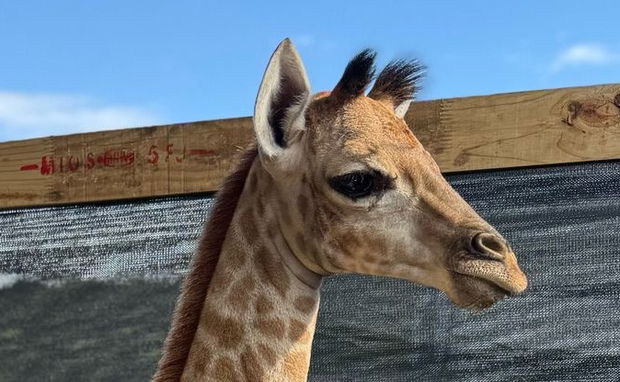
Zuri’s story is one of resilience and hope. Born with severely contracted tendons that left her unable to stand or feed, her very survival hung in the balance. With the dedication of wildlife veterinarians and our care team, she was given a fighting chance—through innovative treatment, patience, and endless encouragement. From those shaky first steps to the thriving calf she is today, Zuri’s journey reminds us that even the most fragile beginnings can grow into stories of strength and triumph.
Every new birth on the reserve is a celebration of life, but sometimes nature presents challenges that remind us of both its fragility and its resilience. Earlier this year, we welcomed a giraffe calf into the world who was born with severely contracted tendons in her front legs.
From the very beginning, we knew she faced an uphill battle. A giraffe calf must be able to stand and walk within hours of birth in order to nurse from her mother and keep up with the herd. For this little one, those simple first steps weren’t possible. Without intervention, she wouldn’t have been able to feed, and her chance of survival in the wild would have been almost zero.
That’s when our team stepped in. Our priority was to make sure she was safe, comfortable, and given every possible chance at life. Working alongside wildlife specialists and veterinarians, we immediately started therapy to stretch and support her tendons.
Using heated PVC pipes, they molded them over frozen giraffe limbs to create perfectly shaped orthopedic casts, then cut, smoothed, padded, and applied them with precision. This is what wildlife veterinary medicine really looks like—hands-on, innovative, and straight from the field. Quick thinking, bush skills, and species-specific care come together in moments like this to save lives.
It was not always easy. At times she grew frustrated, and long hours were spent encouraging her, supporting her as she attempted to stand, and making sure she was fed and hydrated. But with every day came progress—small victories that meant the world.
The first time she managed to stand on her own, wobbly but determined, everyone was overcome with joy. Soon after, she took her very first steps. What a moment it was to watch her walk for the first time, knowing the odds she had overcome.
Today, this brave calf is thriving. She still requires monitoring and care, but her improvement has been nothing short of remarkable. Her journey is a powerful reminder of the importance of conservation work—not only protecting wildlife in their natural habitat but also stepping in when life needs a helping hand.
We are deeply grateful for the incredible work and dedication shown by wildlife vet Josephine Skaarup and Hein from VetX Legacy Wildlife Services. Their skill, compassion, and innovation made this success story possible.
We look forward to watching this little fighter grow tall and strong, just as every giraffe is meant to. She is living proof that with compassion, dedication, and teamwork, even the smallest and most fragile lives can overcome extraordinary challenges.
Further Reading
Latin Name: Damaliscus pygargus The Bontebok is a medium-sized, generally dark brown antelope with a prominent, wide white blaze on its face, with a pure white rump, belly and hocks, and black-tipped tail. Both sexes have horns, although the horns of rams are heavier and longer than those of ewes.
Latin Name: Kobus ellipsiprymnus Hence their name, waterbuck tend to hang around areas where there is a lot of water, especially being water dependent animals. Bulls (males) in particular, will hold a territory where there is an abundant amount of water and food to attract females – he will only hold this territory in breeding seasons.
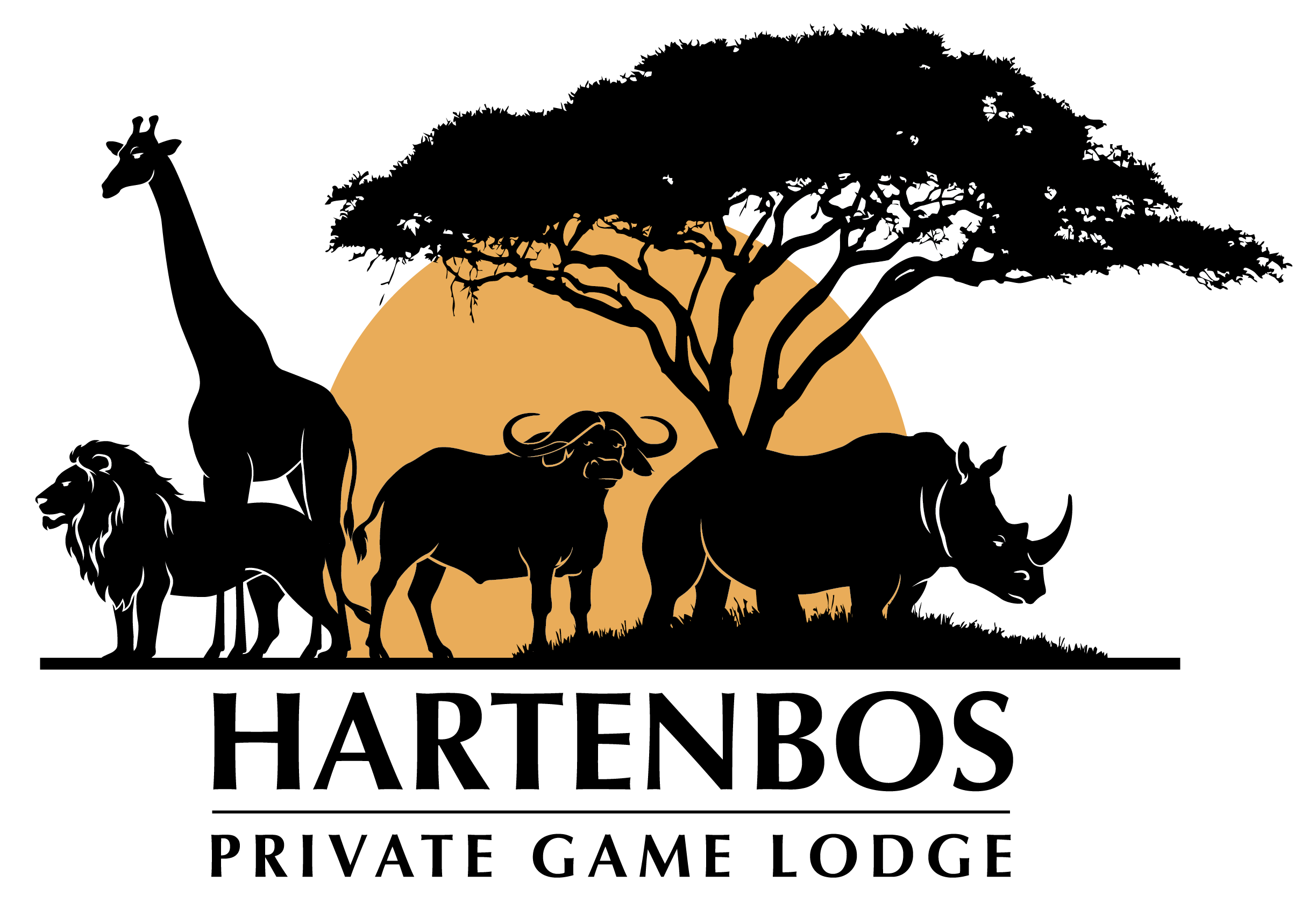
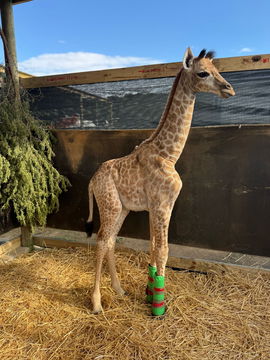
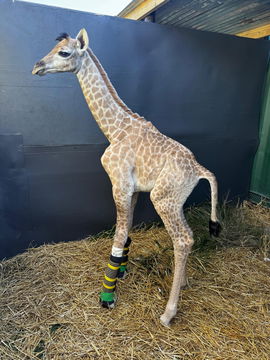
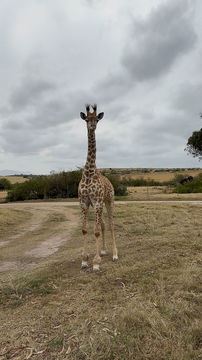
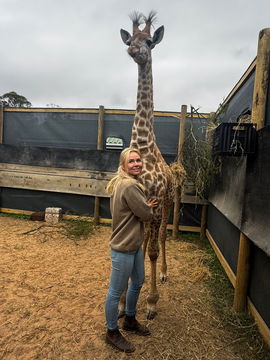
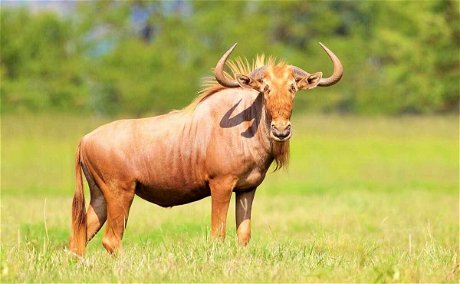
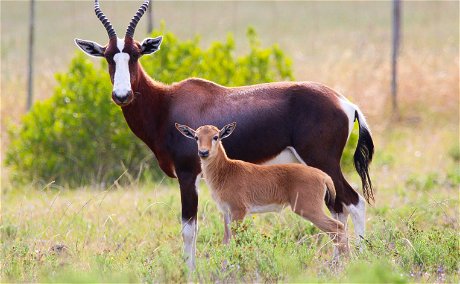
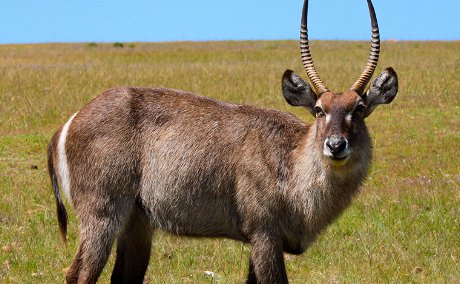
Share This Post